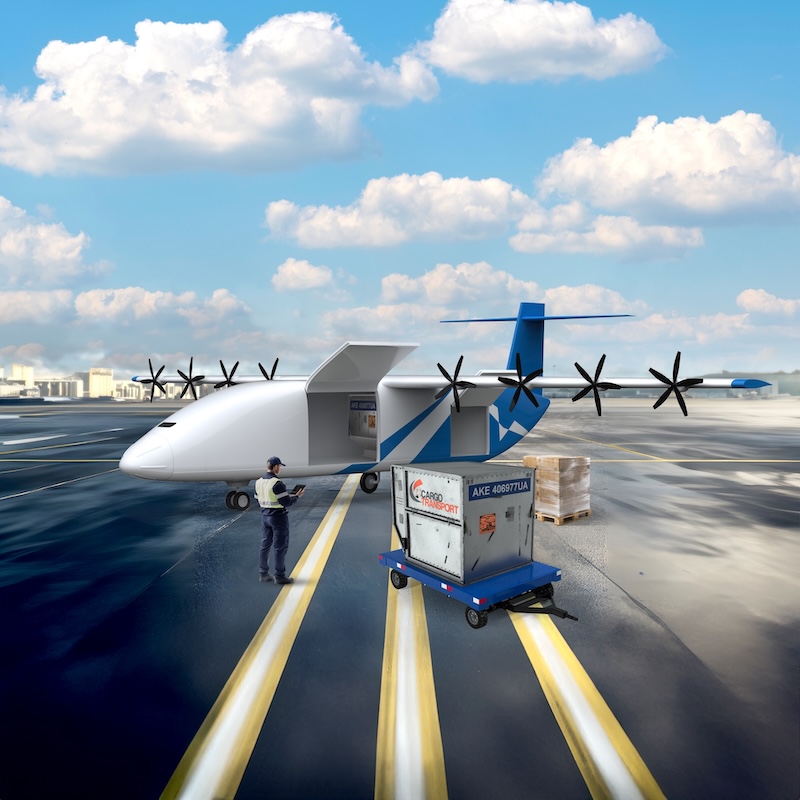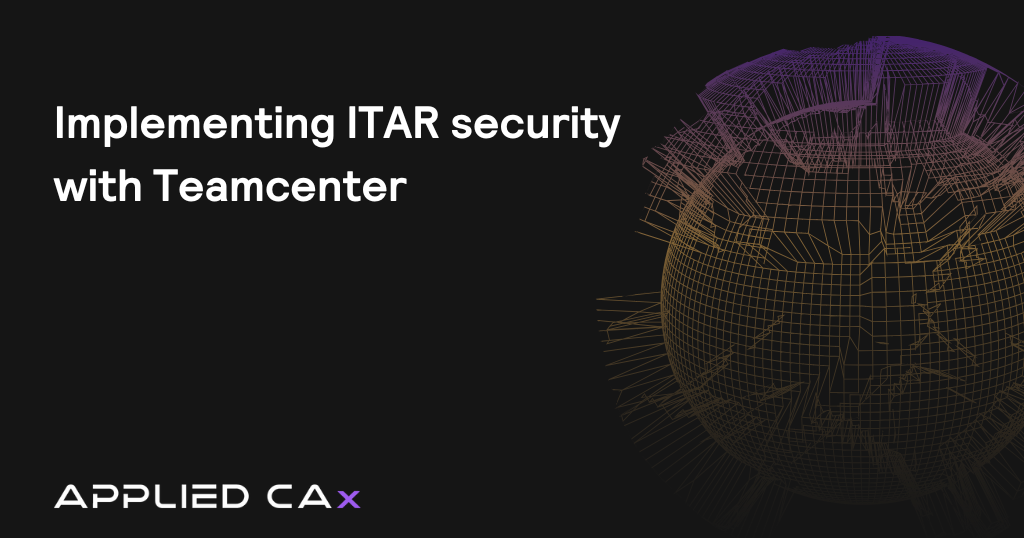Those challenges come from four sources: novel technologies, regulatory oversight, cost and schedule constraints, and total cost of ownership (TCO) uncertainties. Each source spews out threats to these projects from day one.
Most obvious is the challenge of novelty. Only one of these energy-generating technologies has ever been deployed at scale. At least one of them has never been shown to be feasible. In each case, nearly every element of the energy-generation system is being designed on a blank screen and being integrated and tested for the first time. Many elements will require new supply chains. The amount of work to be done is huge.
Just as daunting is the degree of regulatory oversight these projects face from their inception. Regulators may insist that every element of the design be not only verified but traceable back to the requirement it satisfies. This must be accomplished at both the isolated subsystem and the full-system levels.
Yet cost and time constraints militate against such measures. Today’s capital markets will not pour funds indefinitely upon even promising startups. And the race to deploy at scale pits next-generation energy developers against not only each other but against the increasing maturity of wind, solar, and storage technologies seeking to meet the exact market needs. There is simply neither time nor money for disjointed and protracted testing. There may not even be time or money for a physical engineering demonstration.
Finally, developers of this next generation of energy sources must have accurate TCO models that span the life cycle of the plant. These models must be able to test contingencies such as economic changes, supply-chain disruptions, and regulatory alterations. They must model what-if scenarios in reaction to such changes and predict the impact on the plant owner’s earnings. Funding a plant with such high front-end investment, such a long-expected operating life, and uncertain operating and shutdown costs would be, in the absence of such models, at best a major challenge.
You are not alone
These challenges must feel uniquely daunting. But in fact, they are not unique: they have come together before, in the aerospace and defense sectors. There, also, novel technologies must be deployed on tight budgets and schedules, with no room for errors on the first build. Product Lifecycle Management (PLM) factors such as scheduled maintenance, expected lifetime, and TCO must be clear from the beginning.
 Many challenges that face developers of advanced military systems are present for new green-energy developers as well.
Many challenges that face developers of advanced military systems are present for new green-energy developers as well.
As value-added resellers for Siemens system simulation and PLM tools, at Applied CAx, we have helped clients to navigate this quartet of challenges through many generations of advanced aerospace and military designs. Today, we are applying our experience to assist next-generation energy developers with the key set of solutions that have proven themselves in the aerospace and defense arena: an integration of traditional PLM tools with emerging digital-twin technology.
Enabling a new approach
Several profound changes have made it possible for simulation and PLM tools to conquer these challenges. First, the explosion of cloud computing has effectively removed the physical limitations in computing and storage resources. This has made it quite practical to model enormous systems in their entirety.
 Cloud data centers have alleviated the constraints of limited computing and storage resources
Cloud data centers have alleviated the constraints of limited computing and storage resources
Second, exploiting this trend, PLM, traceability, and new simulation technologies are converging into unified development and life-cycle platforms. Third, freed from resource constraints, real-time simulations are becoming practical for large, complex systems.
All of these trends come together in the digital twin. Essentially, a digital twin is a comprehensive simulation of the behavior of a complete system. In our case, the complete system might be an entire energy-generation system, including its physical structure, processes, control systems, and software.
Three characteristics distinguish digital twins from traditional simulations. First, the digital twin usually includes several different kinds of simulations for different subsystems, each executing in its computing environment but each synchronized to the others. Second, the digital twin can interact in real time with the outside world, standing in for its physical sibling. Third, the digital twin can persist throughout the entire life of the system: taking shape early in the design process, serving as a prototype for proof of concept and testing, as well as acting as a reference during construction, operation, and end-of-life of the physical plant.

Commonwealth Fusion System’s SPARC is a compact net fusion energy system containing many interactive subsystems and assemblies.
A concrete example
A white paper recently published by Siemens offers an example of constructing and using a digital twin on this scale. The project is for a pebble-bed SMR.
Engagement starts early in the design process with the creation of detailed simulation models that the various research and development teams will use in their parts of the project. These models are typically low-level, physics-based, and while highly accurate, quite slow to execute.
For example, a detailed understanding of what goes on in the pebble bed of the reactor requires a physics-based simulation that models individual pebbles. However, this simulation would be too slow and provide too much detail for the digital twin. So, developers have used the detailed model to validate a faster, lower-fidelity simulation model for use in the digital twin. Similarly, for cooling, the behavior of coolant inside the reactor can be quite complex, requiring detailed thermal and fluid-dynamic modeling to get an accurate picture of temperatures in the core. These detailed but slow models can be used to validate a simpler but still accurate model for the digital twin.
The digital twin, then, is assembled from a collection of individual simulation models of components and processes that make up the SMR. Some engineering simulations can be incorporated directly. Others require simplification and the use of different simulation algorithms. Others still may require designers to reverse-engineer a subsystem to extract a simulation model. All of these models are harmonized and connected through the hub of the digital-twin platform.
This might appear to be a serious challenge for the design team. But that is where a partner like Applied CAx can provide substantial value. With expertise in both the digital-twin technology and the various other types of simulation environments that need to be brought together, Applied CAx can guide or undertake the integration task, allowing the design team to focus on their design work.”
Since all the models in the digital twin are based on the physics of the SMR’s components, the digital twin can accurately reflect the behavior of the physical system. In fact, it can be connected to the physical inputs of the real SMR and provide signals to the system’s outputs. So, the digital twin can literally replace the physical reactor in real-time. Again, since it is based on physics rather than on assumptions about the way the real system will function, the digital twin can accurately show the response of the SMR to abnormal events and reflect the system’s behavior as it ages—for example, effects such as uneven depletion of fuel in the pebbles.
Using the twin
During design, the digital twin can answer what-if questions at a full-system level and provide a test bed for components as they are completed, integrated into the SMR design, and modified. It can also serve as a prototype for developing software and operating procedures and for operator training.
The digital twin—with each of its components traceable back to simulation models, design files, and, ultimately, requirements documents—can also take the place of a physical engineering demonstration for regulatory approval. The project can move directly from the digital twin to the construction of a full-scale prototype. This could save over a decade of time between design start and licensed operation.
Once the prototype is operational, the digital twin becomes a vital tool for product lifecycle management. It can run in parallel with the physical prototype, detecting operating anomalies and driving predictive maintenance. It can be used to perform root-cause analysis of unexpected events. And it can be used for what-if analyses of regulatory changes or shifts in supply chains or to test new operating procedures.
 The digital twin stands in for the physical system throughout the latter’s life.
The digital twin stands in for the physical system throughout the latter’s life.
Broader applications
Significantly, the digital twin can also encompass the financial aspects of the energy generator. Since it accurately models the system inputs, outputs, and operation, the digital twin can, early in the design, model the long-term financial impact of continuing expenses such as fuel and water consumption, and it can explore the financial implications of proposed design changes. Once the plant is in operation, the digital twin can model the impact of changing input and output prices, determine how best to respond to changing loads, and quickly assess changes in maintenance schedules and other contingencies.
It’s about connection
The digital twin becomes the hub that connects all aspects of the next-generation energy program. It connects the design to both engineering and regulatory requirements. It connects operating inputs and procedures to results, both physical and financial. It connects modeled system behavior to actual behavior, giving operators a real-time comparison and early indications of changes that will require attention, such as maintenance needs or impending emergencies.
The result can be a faster design with fewer changes; minimal surprises in bringing up the first physical prototype on a new technology; and safer, better-informed day-to-day operation. Another—startling—result is to remove a decade or more from the schedule between design and licensed operation. The digital twin can supply data to financial models, giving plant developers and operators better insight into their businesses.
Industrialization stands as a top priority for emerging green energy companies, and the digital twin plays a pivotal role in expediting time-to-market and ensuring regulatory compliance. At Applied CAx, we are dedicated to assisting our customers in successfully embarking on their digital transformation journey.
Get in touch with us to make this vision a reality.








